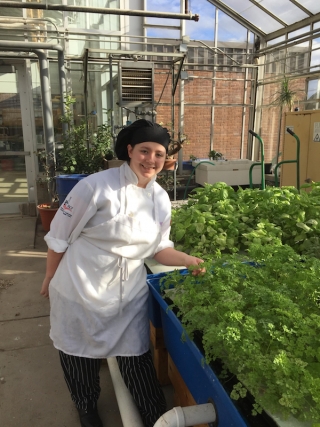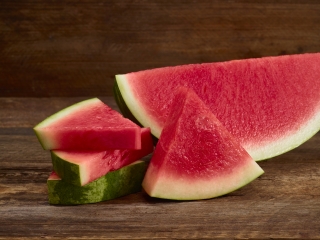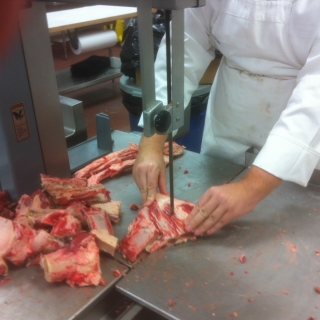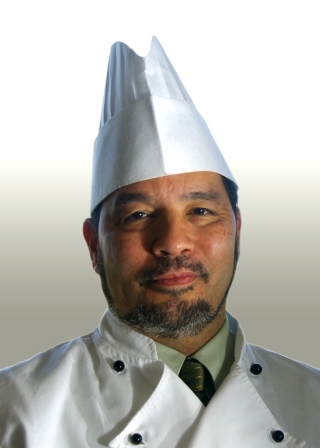
Staying One Step Ahead of Sustainability Curve
Friday, 01 January 2016 12:02Integrating environmental sustainability into every curriculum phase earned Kent Career Technical Center the Green Award.

Integrating environmental sustainability into every curriculum phase earned Kent Career Technical Center the Green Award.

Victor Hugo Perez won the prestigious Hans Bueschkens Young Chef Challenge in Quito, Ecuador. He now competes for the world title in Athens, Greece.

Fresh and nutritious fruit is available year round thanks to global transportation. Educators are teaching that seasons don’t dictate what’s in season.

A meat fabrication workshop taught students how to take a steer from hindquarter and forequarter sections to primal cuts to cooked porter house steak.

Top American and French chefs share their insight and experience when highlighting how classic desserts are resurfacing, often with different presentations. And, why that is important to chef educators.